How is this done?
ernie85017, zn 9, phx
12 years ago
Related Stories

HOUSEKEEPINGThree More Magic Words to Help the Housekeeping Get Done
As a follow-up to "How about now?" these three words can help you check more chores off your list
Full Story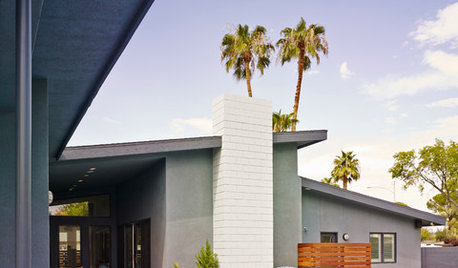
HOUZZ TOURSHouzz Tour: From Burned Down to Done Up in Las Vegas
A fire gutted this midcentury home — and laid the groundwork for a beautiful new floor plan
Full Story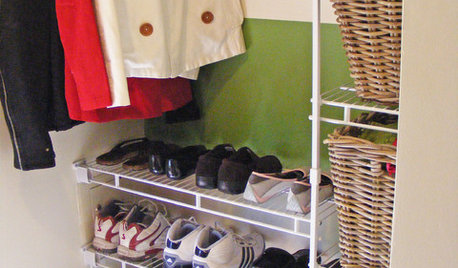
CLOSETSGet It Done: Attack the Coat Closet
With a concrete plan and a little elbow grease, you can tame your jumble of jackets in a single afternoon
Full Story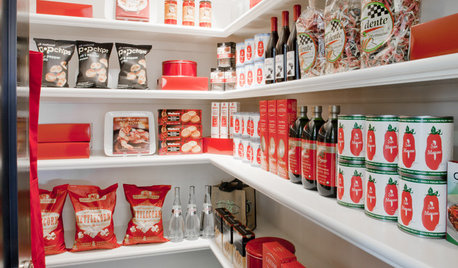
KITCHEN STORAGEGet It Done: How to Clean Out the Pantry
Crumbs, dust bunnies and old cocoa, beware — your pantry time is up
Full Story
DECLUTTERINGGet It Done: Clean Out Your Bedroom Closet
You can do it. Sort, purge, clean — and luxuriate in all the extra space you’ll gain — with this motivating, practical how-to
Full Story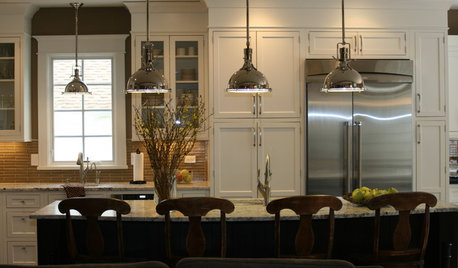
KITCHEN DESIGNKitchen Islands: Pendant Lights Done Right
How many, how big, and how high? Tips for choosing kitchen pendant lights
Full Story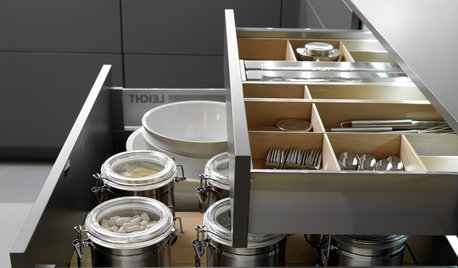
KITCHEN DESIGNGet It Done: Organize Your Kitchen Drawers
Clear 'em out and give the contents a neat-as-a-pin new home with these organizing and storage tips
Full Story
LIGHTINGReady to Install a Chandelier? Here's How to Get It Done
Go for a dramatic look or define a space in an open plan with a light fixture that’s a star
Full Story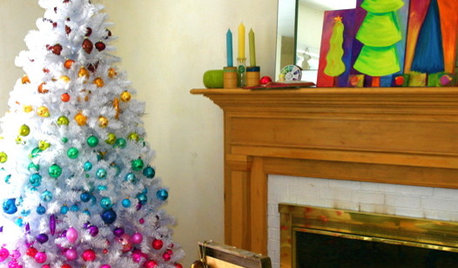
HOUSEKEEPINGGet It Done: Store Decorations and Tidy Up Postholidays
Move on to New Year's with a clear conscience, knowing you've recycled thoughtfully and packed carefully to make setup next year easy
Full Story





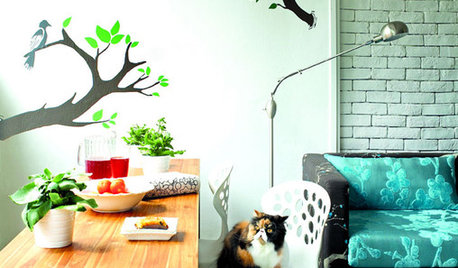
wackyweeder
texaswild
Related Professionals
Pittsburg Glass & Shower Door Dealers · Chicago Window Contractors · Tamarac Window Contractors · West Haven Window Contractors · Fairland Window Contractors · Hialeah Gardens Window Contractors · Arkansas Interior Designers & Decorators · Birmingham Interior Designers & Decorators · Mansfield Interior Designers & Decorators · Appleton Custom Closet Designers · Tempe Custom Closet Designers · Hinsdale Custom Closet Designers · Bartlett Custom Closet Designers · Godfrey Window Contractors · Winnetka Window Contractorstexaswild
ernie85017, zn 9, phxOriginal Author
wackyweeder
texaswild
ernie85017, zn 9, phxOriginal Author
wackyweeder
ernie85017, zn 9, phxOriginal Author